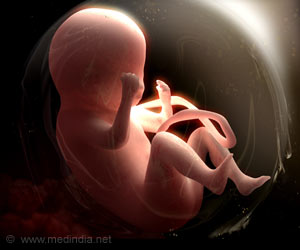A recent study has provided a better understanding of grapheme-Color Synaesthesia In children.

In the first long-term childhood study on grapheme-color synesthesia, researchers followed 80 children to determine when and how associations between graphemes and colors develop. The latest results are published in the open-access journal Frontiers in Human Neuroscience.
Grapheme-color synesthesia is a harmless, alternative form of perception caused by subtle differences in the brain – possibly, stronger connections between centers for language and color – that give letters and numbers their phantom colors. It is passed down from parent to child in around 1 to 2% of the population.
In the present study, a group of synesthete children was tested three times between 6 and 10 years old. Each child was presented with 36 graphemes – the letters A to Z and digits 0 to 9 – and asked to choose the 'best' of 13 colors for each.
Children with grapheme-color synesthesia had already developed strong associations for around 30% of graphemes at 6 years old. At 7 years old, the same children had associations for around 50% of graphemes, and this increased to 70% of graphemes at 10 years old. The synesthete children were consistent in their choices over this 4-year period. Three children who were synesthetes at ages 6 to 7 were no longer so at 10 years old, indicating that the condition spontaneously disappears in some children as they grow older.
"This repeated testing of child synesthetes in real time allowed us to see for the first time that synesthetic colours emerge slowly during childhood, building up an incremental inventory of colorful letters and numbers," says Dr. Simner, a cognitive neuropsychologist who specializes in synesthesia, from the University of Edinburgh, UK.
Advertisement
Advertisement








